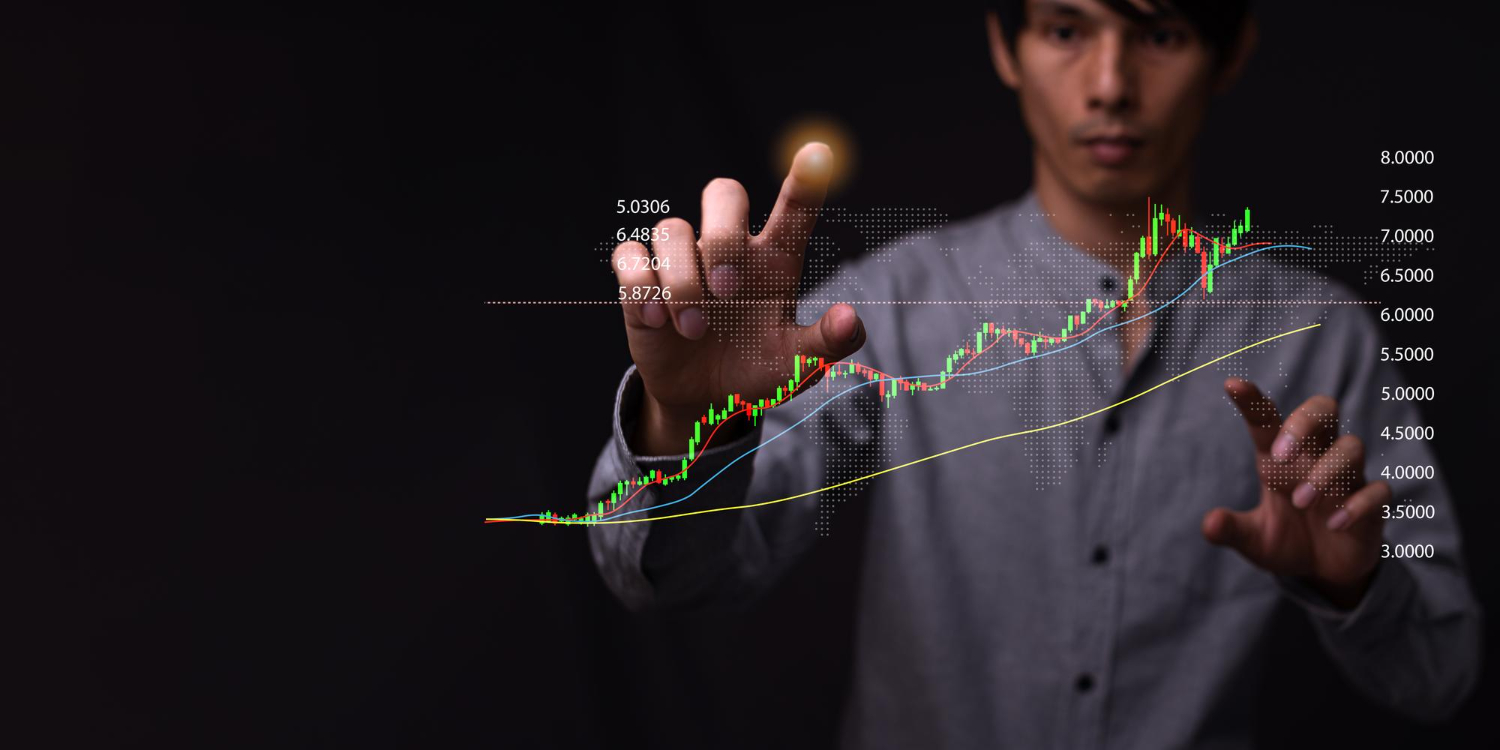
Market indicators are powerful tools for analyzing the stock market and predicting trends. One of the most significant factors affecting the market is volatility. It refers to the degree of fluctuation of a stock’s price over a certain period. Market indicators that reflect volatility in the stock market help investors and traders make informed decisions by providing insight into the level of risk associated with different investment options. In this article, we will explore some essential market indicators that reflect volatility in the stock market.
-
VIX: The CBOE Volatility Index
The CBOE Volatility Index, also known as the VIX, is a market indicator that reflects the market’s expected volatility over the next 30 days. The VIX is often referred to as the “Fear Index” because it rises when investors are nervous about the stock market. It is calculated based on the prices of options on the S&P 500 index. The higher the VIX, the higher the expected volatility in the market.
-
Bollinger Bands
Bollinger Bands are a technical analysis tool that uses moving averages and standard deviations to identify potential breakouts and trends in the market. They consist of a centerline and two bands that represent the standard deviation from the centerline. When the bands are close together, it indicates low volatility, while wide bands indicate high volatility.
-
Average True Range (ATR)
The Average True Range (ATR) is a market indicator that measures the average price movement of a stock over a specific period. It is often used to determine the level of volatility in a stock. High ATR values indicate high volatility, while low ATR values indicate low volatility.
-
Chaikin Volatility Indicator
The Chaikin Volatility Indicator is a technical analysis tool that measures the volatility of a stock by comparing the high and low prices over a given period. It is calculated using the average true range and the Chaikin Oscillator, which is a momentum indicator. The Chaikin Volatility Indicator is used to identify potential breakouts and trends in the market.
-
Beta
Beta is a market indicator that measures the relationship between a stock’s price and the overall market. It is used to determine the level of risk associated with a particular stock. A beta of 1 indicates that a stock’s price moves in line with the market, while a beta greater than 1 indicates that the stock is more volatile than the market. A beta less than 1 indicates that the stock is less volatile than the market.
-
Put-Call Ratio
The Put-Call Ratio is a market indicator that measures the relationship between the number of put options and call options being traded in the market. Put options are contracts that allow the holder to sell a stock at a specific price, while call options are contracts that allow the holder to buy a stock at a specific price. The Put-Call Ratio is used to gauge investor sentiment, with high put options indicating that investors are bearish, and high call options indicating that investors are bullish.
-
Implied Volatility
Implied Volatility is a market indicator that reflects the market’s expectation of a stock’s volatility over a specific period. It is calculated based on the prices of options on a particular stock. High implied volatility indicates high expected volatility, while low implied volatility indicates low expected volatility.
In conclusion, market indicators that reflect volatility in the stock market are critical for investors and traders to make informed decisions about their investments. By using these indicators, they can assess the level of risk associated with different investment options and adjust their investment strategies accordingly. However, it is essential to note that no market indicator can predict the future accurately, and investors should use a combination of these indicators to get a better understanding of the market.

